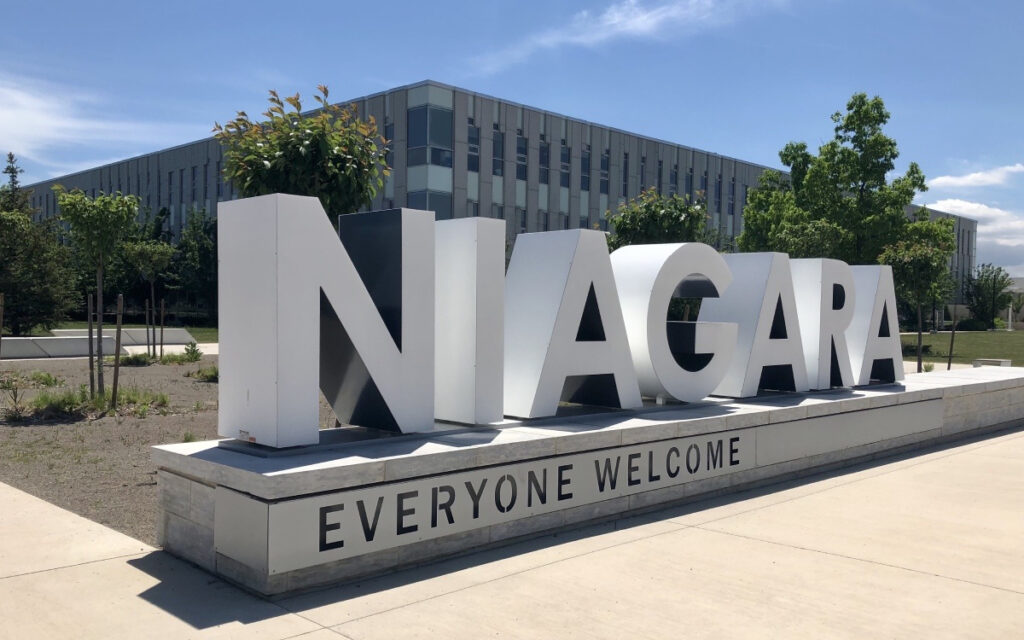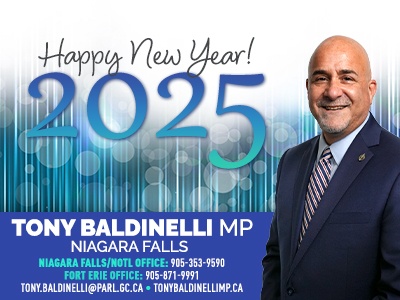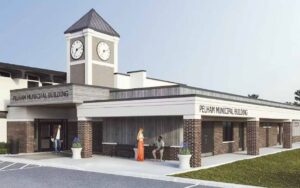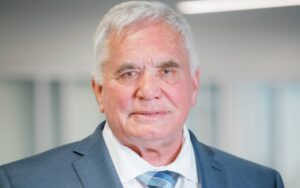
Niagara Region’s 2025 Capital Budget comes in at $376 million.
Niagara Regional Council approved a $376-million capital budget for 2025 at a September committee-of-the-whole meeting overseen by Budget Committee Chair Wayne Redekop of Fort Erie.
The capital budget deals with long-term infrastructure needs of Niagara Region and is separate from the operating budget, which will be debated and voted on later this fall.
Niagara Region residents will learn of the final property tax increase likely in December.
Niagara Region’s 10-year Asset Management Plan recommended that Regional Council approve a $444-million contribution to the capital budget. However, this year’s budget will come in at $376 million, with much of that money coming from reserves and provincial and federal funding.
Out of the total $376 million capital budget, $148.6 million will be paid for out of reserve funding, $27.1 million will come from a transfer out of the operating budget, $93.4 million will come from development charges, $18.3 million will come from federal infrastructure funding and $87.8 million will come from cost-sharing agreements with other levels of government.
The 2025 budget does include $125.9 in capital contributions, which will see $55 million come from the general tax levy, $64.7 million come from water and wastewater rates, $1.8 million come from a special waste management levy and $4.4 million come from a special transit levy.
According to Niagara Region’s Associate Director of Budget Planning and Strategy, Beth Berns, there is not enough capital available to maintain all the Region’s assets immediately, meaning there is a backlog, which now amounts to $2.4 billion. The Region’s Asset Management Plan will prioritize the maintenance of capital assets based on risk.
Berns also promised that no new debt would be taken on to fund the 2025 Niagara Region capital budget.
Every dollar being contributed to the capital reserve is expected to be spent in future years, excluding a specific amount of money set aside for liabilities.
One of the reasons Niagara Region is not planning to take on new debt to fund the capital budget is to maintain its credit rating, which is currently rated by Standard & Poor’s at AA+. Niagara Region’s debt-to-operating-revenue ratio is a combined 62 per cent in 2024 and is forecast to rise to 63.4 per cent in 2025.
Anything above 60 per cent is ripe for a credit rating downgrade, which would make it more expensive for Niagara Region to take on debt going forward.
Niagara Region is also far more indebted than nearby regions. York, Peel, Halton, Durham and Hamilton have an average debt ratio of 42.1 per cent, nearly 20 percentage points lower than Niagara Region’s.
Debt-per-capita is $705 this year and will rise to $909 in 2025. In addition, debt servicing costs are expected to rise from 3.3 per cent in 2024 to four per cent in 2025.
The 2025 capital budget is higher than the five-year historical average, which, excluding strategic projects, comes in at $228.5 million.
Redekop noted that although council opted to support staff’s budget proposal, councillors will ultimately be held accountable for the decisions contained within it, as well as decisions made with regard to the upcoming operating budget.
“We are the ones who residents will question regarding the condition of our regional roads, the responsiveness of the public transit system, the level of personal services available, the effectiveness of the work done by regional employees, and why taxes and rates have gone up again,” said Redekop.
Councillor Rob Foster of Lincoln expressed concern Niagara Region is falling short of funding the capital budget to the extent that it could deal with the entirety of its infrastructure backlog.

Jay Goldberg is the Ontario Director at the Canadian Taxpayers Federation. He previously served as a policy fellow at the Munk School of Public Policy and Global Affairs. Jay holds a Ph.D. in Political Science from the University of Toronto.




















